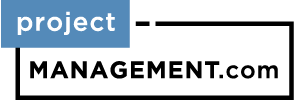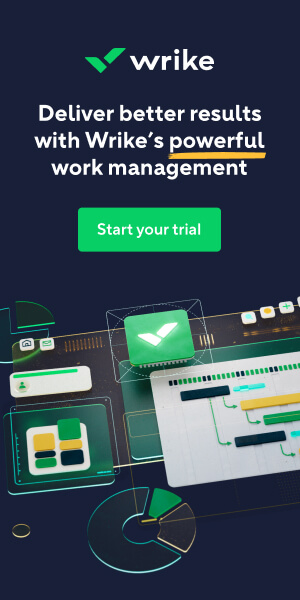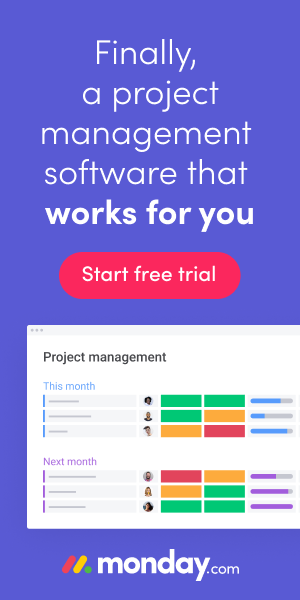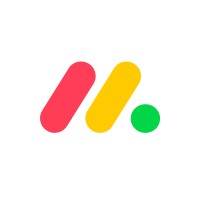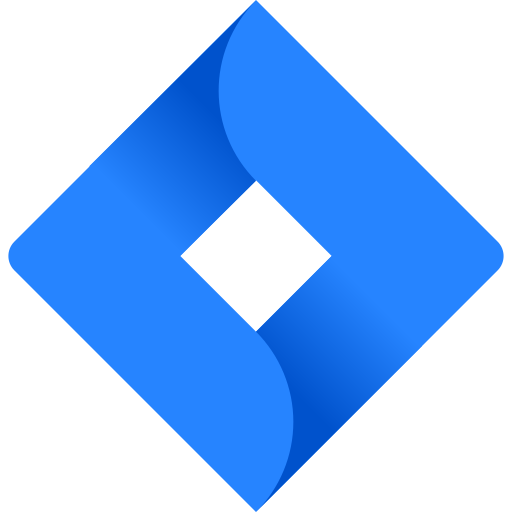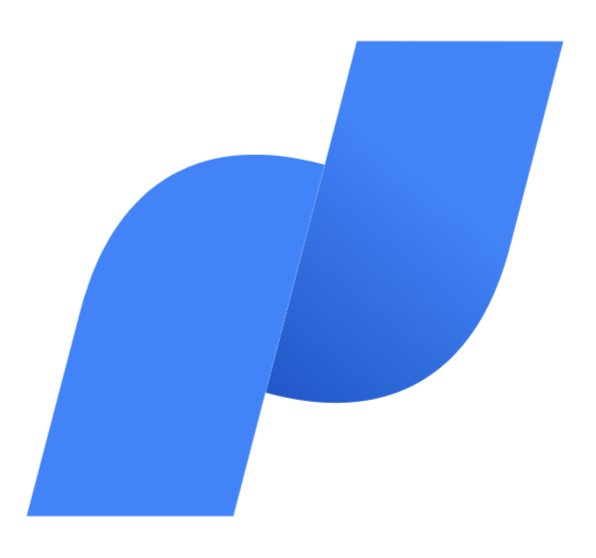
Waterfall project management is a traditional methodology originally based on civil engineering and construction projects but later on adapted for software engineering and IT projects. The sequential nature of the Waterfall model places project teams in a highly structured environment. The best tools for Waterfall project management enable teams to proceed from one phase to the next in a sequential, seamless way to meet the project’s schedule, budget, and scope.
In evaluating tools that facilitate the waterfall methodology, how do three top PM tools — monday, Wrike, and Smartsheet — compare?
Table of Contents
- Best Tools for Waterfall Project Management
- Waterfall Project Management Methodology
- Common Phases of Waterfall Project Management
- Pros and Cons of Waterfall Methodology
- Ready to try a Project Management Tool for your Waterfall Projects?
- Featured Partners: Project Management Software
Featured Partners: Project Management Software
Best Tools for Waterfall Project Management
Here are our recommended project management tools for managing waterfall projects. These top project management software solutions will allow teams to keep well-defined projects from exceeding their schedule and budget.
monday.com

monday.com is an online platform for project management and other workflows. It enables project teams to centralize all information in a single place and plan projects using waterfall or any other method from start to finish. It includes modern features like custom dashboards, multiple work views, and team collaboration.
monday.com has an interactive Gantt chart that allows a team to plan, execute, and track projects using the Waterfall method with a visual and flexible platform. Users can set dependencies to make sure team members complete tasks on schedule and in the proper sequence. They can easily keep track of milestones and visualize important dates to deliver projects on time. Other features include automation, real-time updates, project dashboards, and project templates.
Read our complete review on monday.com.

How to Use Waterfall with monday.com
monday.com offers a template center where users can choose a Waterfall project template to get the project started quickly. Users can further customize the template by setting up groups for each project phase. They can add tasks, assign each task to a team member, and set a due date and a status.

When the project is ready to launch, teams can select the timeline or Gantt view to visualize the time frame for each task. The project leader can also set up milestones and task dependencies to inform all stakeholders of priorities and the sequence of tasks.
project-management.com readers can try monday Work OS for themselves with a free demo.
Wrike

Wrike helps improve work visibility, enables cross-departmental collaboration, and offers task automation. This customizable tool allows teams to configure dashboards, workflows, request forms, and other features to match exact project requirements, including setups for Waterfall management.
Wrike includes an interactive Gantt chart to help teams visualize plans and progress. Its drag-and-drop interface allows users to create and share intuitive timeline views, task dependencies, shareable snapshots, baseline, and critical path analyses. Any adjustment of assignee, dates, or duration will reflect on the chart immediately and alert all impacted team members. Of course, users can also print the Gantt chart. They can import data from spreadsheets, MS Project, and other project management tools.
Get more details on Wrike with our full review.

How to Use Waterfall with Wrike
To set up a Waterfall workflow in Wrike, users need to first break down the project into the smaller tasks needed to move the team towards the project objective. From the Task List view, users can add all the tasks, set dates for each task, and also fill in task descriptions for a better understanding of the tasks. Users can also set a milestone at the end of a project phase and at the end project, or set it later on.

Users then need to switch to the Timeline view and display the tasks in a Gantt chart. Setting dependencies is easily accomplished by dragging a line from the end of the previous task to the beginning of the next task. Wrike will automatically reschedule all dependency-connected tasks if a start or due date of a task changes. The Gantt chart will also color-code the tasks to show progress updates. It also has filters to display specific work statuses, task owners, dates, or other criteria.
Try Wrike for yourself with our exclusive demo.
Smartsheet

Smartsheet is a cloud-based project management platform for the whole enterprise. It is flexible for different use cases and departments with a variety of work views, reports, and dashboards. It tracks plans, tasks, resources, and schedules to allow teams using Waterfall or other project management methodologies to align work, people, and technology.
Smartsheet enables users to switch views between grid, Gantt, and calendar views of the same data for visualization of tasks. Users can set up a Gantt chart with dependencies to create a critical path. It has a drag-and-drop interface to easily adjust dates. Other features are automatic updates, real-time communication, and secure permission controls.
Learn more about Smartsheet: read our review.

How to Use Waterfall with Smartsheet
Users can display tasks in sheets and reports as bars in a timeline with a Gantt chart. Smartsheet will display any sheet or report with at least two date columns in Gantt view. In this view, the chart appears to the right of the columns with a divider splitting the screen between grid columns and the Gantt chart. Users can drag this divider to the left or right to widen the display of either section.

In the Gantt chart view, users can set dependencies and track relationships between tasks to ensure the proper sequencing. Users can also display the percent completion of tasks and view the critical path of the project. Smartsheet can filter multiple sheets so teams can see only tasks in the critical path. Project managers can share the timeline in PDF to keep all stakeholders informed of the project status.
Test drive Smartsheet with this free demo.
Waterfall Project Management Methodology
The Waterfall methodology of project management is a sequential approach that splits a project into different phases. It is sequential in such a way that after the first phase, the next phase can only begin after the prior phase. Returning to a previous phase is not encouraged in the Waterfall method.
Waterfall project management is logical and easy to follow, presenting clearly what needs to happen from the start of the project up to its end. Each project team member has a defined role, and the phases or goals are not expected to change during the project duration. Waterfall project management is ideal for projects with defined goals and detailed plans that require a single timeline.
Common Phases of Waterfall Project Management
In waterfall project management, the progress of work flows from one phase to the next (like a waterfall). Progress depends on the deliverables of the previous phase getting completed for the next phase to begin. Typically, the different phases and deliverables are:
Requirements Phase
Stakeholders agree that the project team can gather and understand most, if not all, project requirements. The team conducts a feasibility study to clarify the purpose of the project and assess it in terms of cost or revenue. After the study, they produce a requirement specification where they detail the function and features of the solution to fulfill the requirements.
Analysis and Design Phase
In this phase, the project team analyzes the requirements and comes up with the design of the solution. The team creates a high-level or logical design that describes the purpose and scope of the project, data flow, and integration points. They can further transform the design to include specifications in hardware, software, architecture, testing, and security. At the end of this phase, the team produces a system design or architecture document and a project plan that details the waterfall schedule of the project.
Construction or Implementation Phase
With a design and a project plan, the project team proceeds to build the solution or develop the system. In the waterfall method, team members work on smaller tasks and deliverables that they integrate to form a bigger module of the complete system. Unit testing happens also at this phase. The combined output should result in the delivery of a complete system or product. However, if the team discovers that they need to make significant changes, it can mean going back to the analysis and design phase, and setting back the project timetable.
Testing or Verification Phase
At the testing or verification phase, the integrated system goes through thorough testing to check for all types of errors. The testing team uses design documents to create test cases. After every testing, the testing team gives the project team a report, which they use to repair all errors and issues found until the testing team no longer finds any. In some cases, the teams test the solution or product with the user for user testing acceptance.
Deployment and Maintenance Phase
After the testing phase, the project team deploys a working solution to the market or to specific customers. After a certain period, users may find defects and send the project team feedback and change requests. The project team will now enter change requests into a change management process that can result in revisions or initiate a new project.
In between the waterfall phases, the project team manages sign-offs and other documents signifying that the previous phase has been satisfactorily completed and the next phase can start.
Read also: What is an Iterative Process & How Does It Work?
Pros and Cons of Waterfall Methodology
Like any other methodology, the Waterfall model has its pros and cons. Therefore, it is important to understand the nature of the project so teams can choose the best project management methodology to deliver the project. For example, a project that follows a strictly linear process or workflow with little to no iterations required is a good candidate for Waterfall project management.
Pros
- Straightforward planning – due to clear agreement between the client and the project team about the end product at the early phase of the project
- Complete design – with all known deliverables, teams can finalize the design of the solution or the product with details
- Accurate estimates – defined requirements allow the team to estimate costs, resources, and duration with greater accuracy
- Measurable progress – a clearly documented project scope and project schedule enable the team to measure the actual progress against estimates and baselines
- Repeatable processes – the inherent rigidity of the workflow makes it easy to replicate, letting teams copy successful projects as templates for similar, future projects
Cons
- Little flexibility – due to the strict enforcement of a linear, sequential approach, teams cannot make rapid adaptations to new or changing situations
- Late testing phase – results in late discovery of defects and issues
- Costly changes – since any opportunity to repair problems happen at later phases of the project when significant costs are already incurred
- Project size limitation – the sequential approach is not ideal for larger, more complex projects due to the possibility of an extended schedule for each phase, as well as costly fixes for rework discovered at later phases
- End-product availability – customers will have to wait for the whole process to finish to see and experience the product or solution
Read also: What is the Software Development Life Cycle?
Ready to Try a Project Management Tool for Your Waterfall Projects?
Many teams continue to use Waterfall project management today, especially for clearly defined projects with many moving parts within a structured workflow.
Even with Waterfall’s relatively straight-line approach to completing a project, however, its is a best practice for teams to use a single project management tool that is flexible enough to handle both linear, sequential models like Waterfall and iterative, adaptive models like Agile. Regardless of methodology, modern project management software is powerful enough to manage rapidly changing requirements and accommodate greater customer participation and collaboration.
Read next: Difference Between Agile and Waterfall: Software Development Methodologies
More Featured Partners: Project Management Software
If you’re interested in learning more about other top-rated project management software, the editors at Project-Management.com actively recommend the following:
